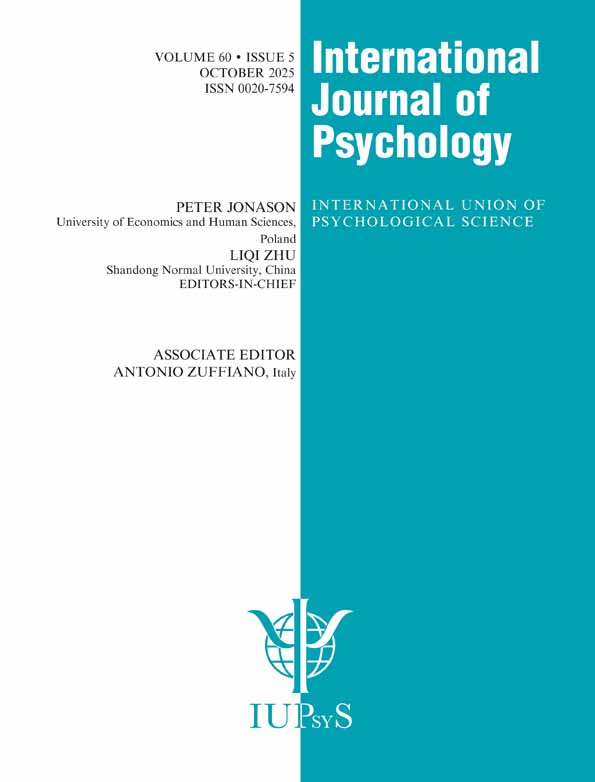Phonological Similarity and Trace Degradation in the Serial Recall Task: When CAT helps RAT, but not MAN
Abstract
enPhonological similarity is observed to affect serial recall detrimentally when correct-in-position scoring is used. Two experiments investigated the role of item and position accuracy scoring of rhyming, similar nonrhyming, and dissimilar lists under immediate recall conditions; articulatory suppression; or a filled delay. In general, rhyme lists produced the best item recall but position accuracy was highest for dissimilar lists. The results are due to a category cueing effect improving item recall for rhyme lists in conjunction with a detrimental effect of phonological similarity on position accuracy.
Abstract
frLa similarité phonologique nuit au rappel sériel lorsque l'on considère le nombre de mots rappelés à la bonne position. Dans deux expériences la précision du rappel des items et de leur ordre est évaluée pour des listes qui riment, des listes similaires qui ne riment pas et des listes dissemblables. Ces listes sont utilisées dans une tâche de rappel immédiat, une tâche de rappel avec délai, ou avec suppression articulatoire. De façon générale, les listes contenant des mots qui riment produisent un meilleur rappel des items mais la précision de l'ordre est plus grande pour les listes dissemblables. Ces résultats seraient dus à deux facteurs: 1) l'utilisation d'une indice catégoriel qui améliore le rappel des items pour des listes de mots qui riment et 2) un effet de similarité phonologique qui nuit au rappel de l'ordre des items.




